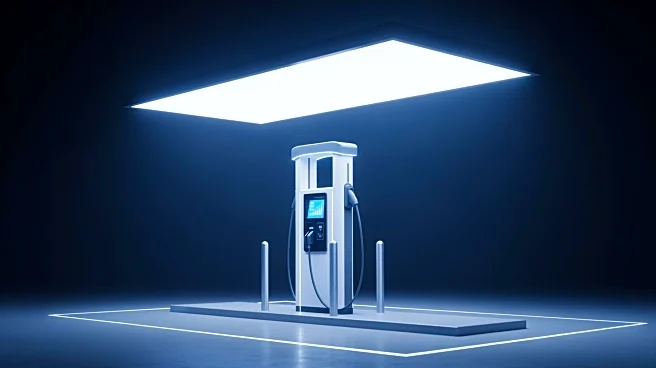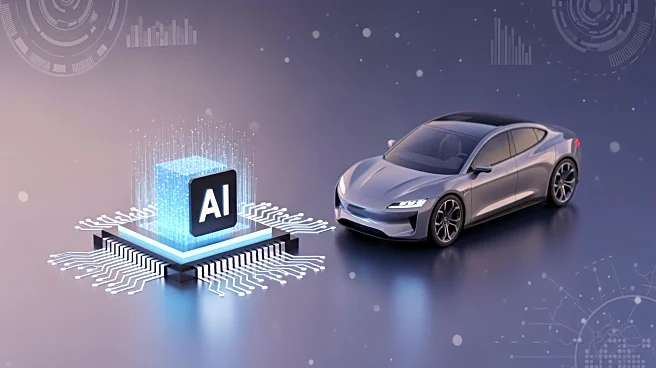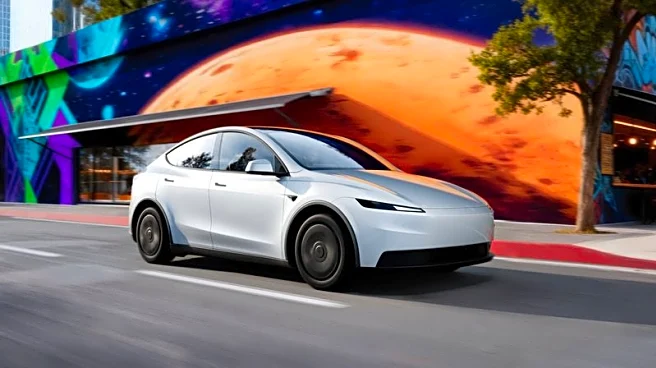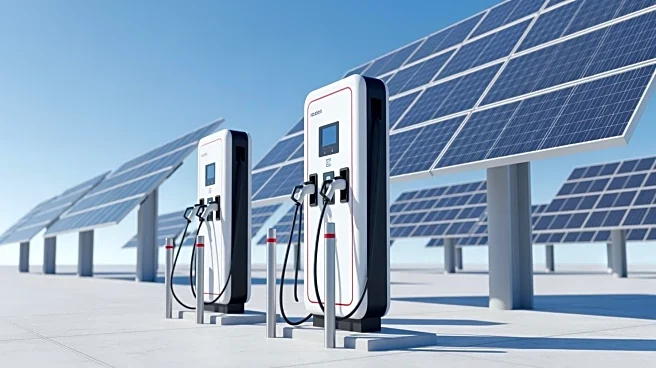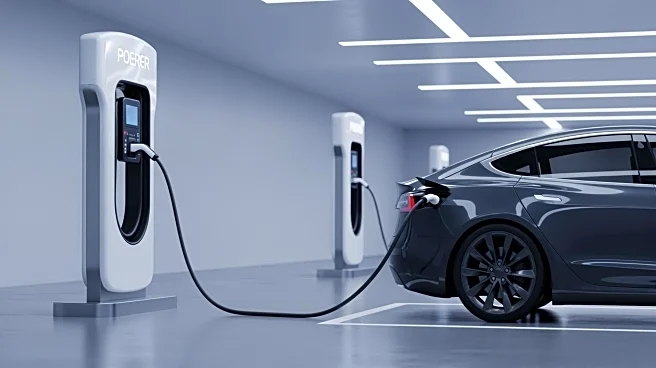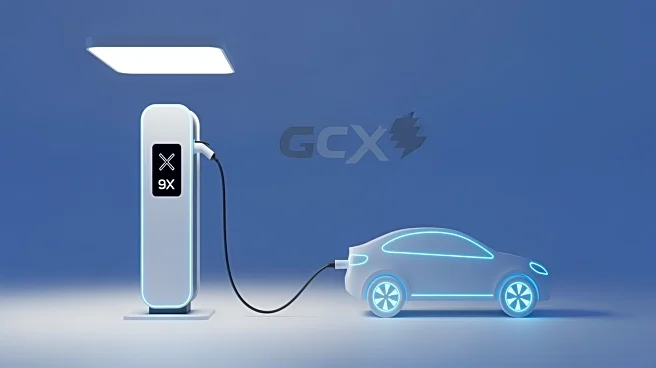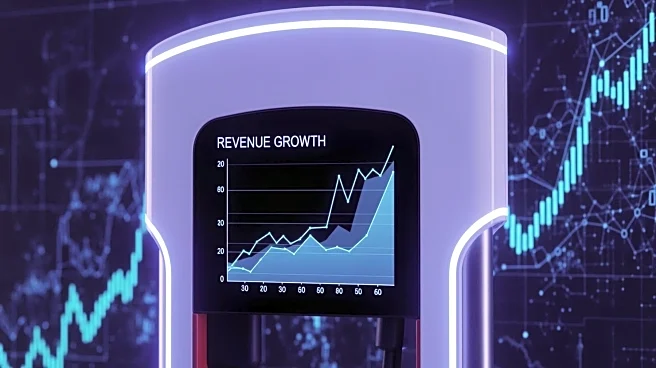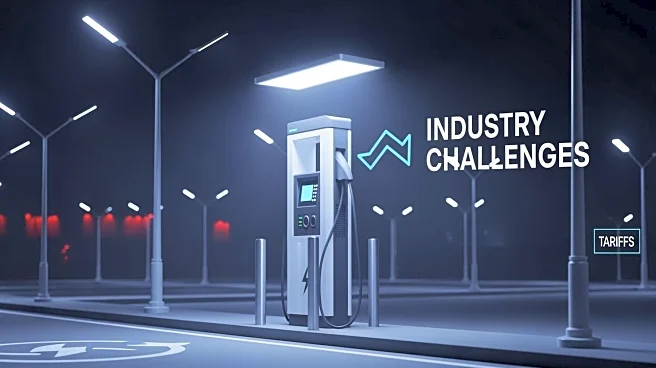What's Happening?
Tesla is experiencing significant financial challenges despite reporting record vehicle deliveries and a revenue of $28.1 billion in the third quarter of 2025. The company's net income has decreased by 29% compared to the same period in 2024, dropping
to $1.8 billion. Operating expenses have surged by 50% year-over-year, and the operating margin has fallen from 10.8% to 5.8%. A major factor contributing to these financial difficulties is the 44% decline in income from regulatory credits, which now stands at just under $420 million. This decline is partly attributed to changes in U.S. emissions standards, which have reduced the need for auto companies to purchase these credits from Tesla. Additionally, Tesla's AI costs are rising, and the anticipated disruption from robotaxis has yet to materialize.
Why It's Important?
The financial struggles of Tesla highlight the challenges faced by the electric vehicle industry in maintaining profitability amid changing regulatory landscapes. The reduction in regulatory credit revenue, a significant source of income for Tesla, underscores the impact of policy changes on business models reliant on environmental incentives. This situation could affect Tesla's ability to invest in future technologies and maintain its competitive edge. The broader implications for the U.S. auto industry include potential shifts in market dynamics as companies adjust to new regulatory environments and consumer demands. Stakeholders such as investors, policymakers, and competitors will be closely monitoring Tesla's strategies to navigate these financial hurdles.
What's Next?
Tesla may need to explore alternative revenue streams or cost-cutting measures to offset the decline in regulatory credit income. The company could focus on enhancing its product offerings or expanding into new markets to sustain growth. Additionally, Tesla's approach to AI and autonomous driving technology will be crucial in determining its future trajectory. The industry will be watching how Tesla adapts to the evolving regulatory and market conditions, which could influence broader trends in the electric vehicle sector.
